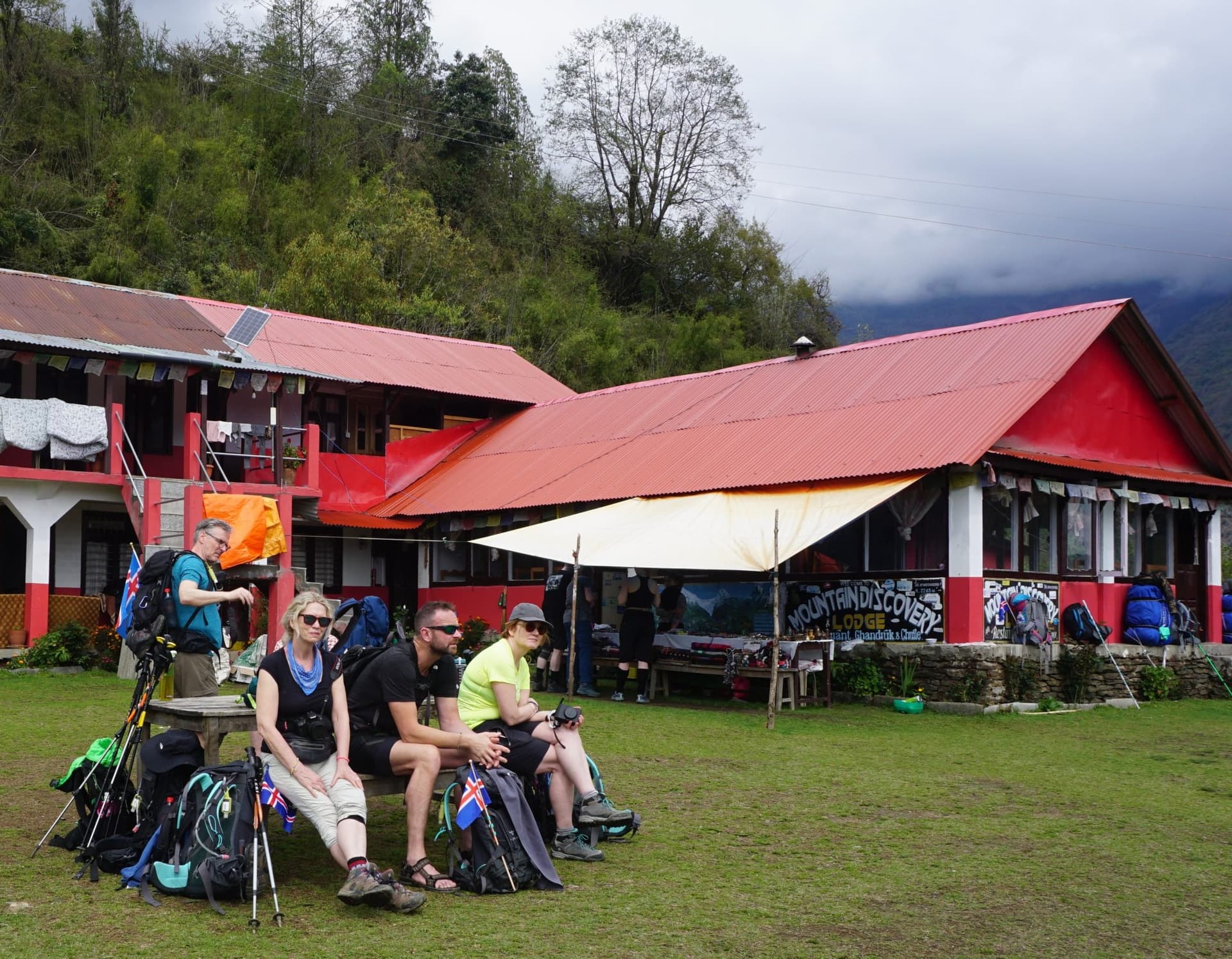In the northeastern part of Nepal lies ‘Khumbu Valley’, famously known as The Everest Region. It is decorated by nature with many of the world’s tallest peaks along with our nation’s pride known to the world as Mount Everest (8848m). The Himalayas of our nation is the place where you can catch sight of the earth touching the sky.
The alluring Everest Region is not just recognized for being home to the highest mountain on Earth. It is admired also for its uniqueness of the myriad species of intriguing flora and fauna thriving there and elegantly flaunting itself in nature.
The trekkers even say that the biodiversity of the area makes the Everest Base Camp journey more meaningful and worth remembrance.
Flourishing Flora in the Everest Region
Flora is a term used to describe plants that are found in a particular region, habitat, time period, or generally the naturally occurring native plants. It consists of everything from grass, herbs, and shrubs, to towering trees.
Multiple kinds of plants are found in the Everest trekking region based on the altitude.
The lower region is covered by rhododendrons, oak, blue pines, juniper, wild rose, birch, firs, hemlock, and bamboo.
Common Plant Species
- Rhododendron: It is definite that you will come across this plant in your EBC trek which is also the national flower of our nation. The reason for this is because Rhododendron is found abundantly in lower-altitude forests.
- Juniper: These are known as the evergreen trees found in the forests of mild altitude in the Himalayan region. They are sought-after for their fragrant wood, which is used for making incense.
- Himalayan birch: On the contrary, these are the trees found in high-altitude regions and have a white bark that peels off in thin sheets.
- Edelweiss: Grown in alpine meadows, this little flowering plant is renowned for its fuzzy, white petals.
Along with that, as the altitude elevates, you are greeted by alpine meadows with high-altitude mushrooms, herbs, and tiny flowering plants on the trek route.
However, the environment becomes extremely frosty, so plants stop growing above the altitude of 5750m, and the flora is limited to mosses and lichens. After that, all you see is the permanent snowline in the Arctic zone of the Himalayas.
Thriving Fauna
Despite being one of the best places to be that invoke peace, serenity, and euphoric sentiment in us, the Everest Region is not inhabitable for humans because of the extreme environmental conditions. The temperature can get as low as -15°C at the Everest Base Camp, Khumbu region.
Nonetheless, in the lower altitudes, there are a few rare eye-catching animals inhabiting the EBC trekking area. It is home to mammals like the magnificent Snow Leopard which is as captivating as it is majestic. People also farm animals like Yaks, buffalos, goats, pigs, etc in this region for commercial purposes.
Similarly, Red Pandas, Himalayan Thar, Mountain Yak, Musk Deer, and Clouded Leopard are the other species found there.
Popular Highlights
- Red Pandas: The most astounding and fascinating endangered animal is the red panda, which is exclusive to Nepal and is mostly located in the country's lower Himalayan region. As adorable as this bamboo eater seems, less than 10,000 red pandas are thought to remain in the wild, according to the International Union for Conservation of Nature (IUCN). Unfortunately, this designates red pandas as a species on the brink of extinction.

- Himalayan Thar: Also referred to as Mountain Goat commonly, it is the most abundant animal you can find while trekking. They have thick, reddish wool coats and backward curved horns, sizes may vary between the male and female goats. They are found in the altitude range of 2,800m to 4,200 m.
- Snow Leopard: They are also known as the Ghost of the Mountains because of their natural camouflage, tendency to hide from the human eye, and elusive nature in the Himalayas. This exotic creature has the demeanor of small shy cats that are found around the high altitudes. There are extremely rare cases where people have encountered a Snow Leopard, you might just see one if luck is in your favor this time!

- Himalayan Monal: The Everest region is home to this colorful bird, which is also the representative of the national bird of our nation, popularly known as “Danphe”. They are found at altitudes from 2100m to 4500m during the autumn season. In your EBC trek, they are on the way from Namche Bazar to Kyanjuma, Dole, and Thame villages within the region. You can encounter them soaking up the warmth on the sunny side of the mountains during winter.
- Golden Eagle: Another majestic creature in the Everest Region is the Golden Eagle, which is primarily known as the Tiger of the bird kingdom. People say this because of the massive dark brown wings that establish their own hunting area, similar to the well-known Bengal Tiger. You can see them on your way to Namche, Pangboche, and Tengboche for the EBC trek.
- Tibetan Snowcock: These are high-altitude birds with a greyish head along with a white crescent patch under their eye. They are unique in their nature because, unlike other birds, they are not timid and will approach you with ease if you offer them dry nuts and other appetizing treats. They typically graze close to tea houses, hotels, and residential areas.

Among them, Snow leopards and Red Pandas are the most endangered and exotic species in the world.
For this reason, the area is protected by the establishment of “Sagarmatha National Park” and it is also listed in UNESCO World Heritage Sites.
Wildlife Encounters on Trek

Lukla, Phakding, and Namche Bazaar fall in the lower belt of the Everest Base Camp trek. These sites are covered with dense forests where you’ll get a chance to experience a wide range of wildlife.
Despite the extreme climate conditions and geographical distribution, this place continues to thrive with diverse species of rare, exotic, as well as endangered flora and fauna. As mentioned above, there is a possibility of coming across many of them in your EBC trek journey.
Therefore, you must make sure to plan your route when the time is right for the flowers to bloom and for the birds and animals to migrate.
Conclusion
In summary, the Everest Region, which is tucked away in Nepal's northeast, is proof of the amazing glories of the natural world. In addition to being well-known for being the home of Mount Everest, the area is rich in flora and fauna, which gives trekkers' journeys more depth and mystery.
Thus, we encourage you to embark on your journey to the Everest Base Camp Trekking route. Along with the iconic, scenic, and majestic beauty, you will also likely spot the rare and marvelous wildlife that thrives in the diverse ecosystem.
Plus, every species adds a unique touch to the attraction of trekking, giving us surprises from the vivid rhododendron blooms to the discrete Snow Leopards.
Hence, the Nepal Hiking Team and I cordially welcome you to explore this unique terrain, where each stride unveils a fresh wonder and each interaction with nature makes a lasting impression on the spirit.



